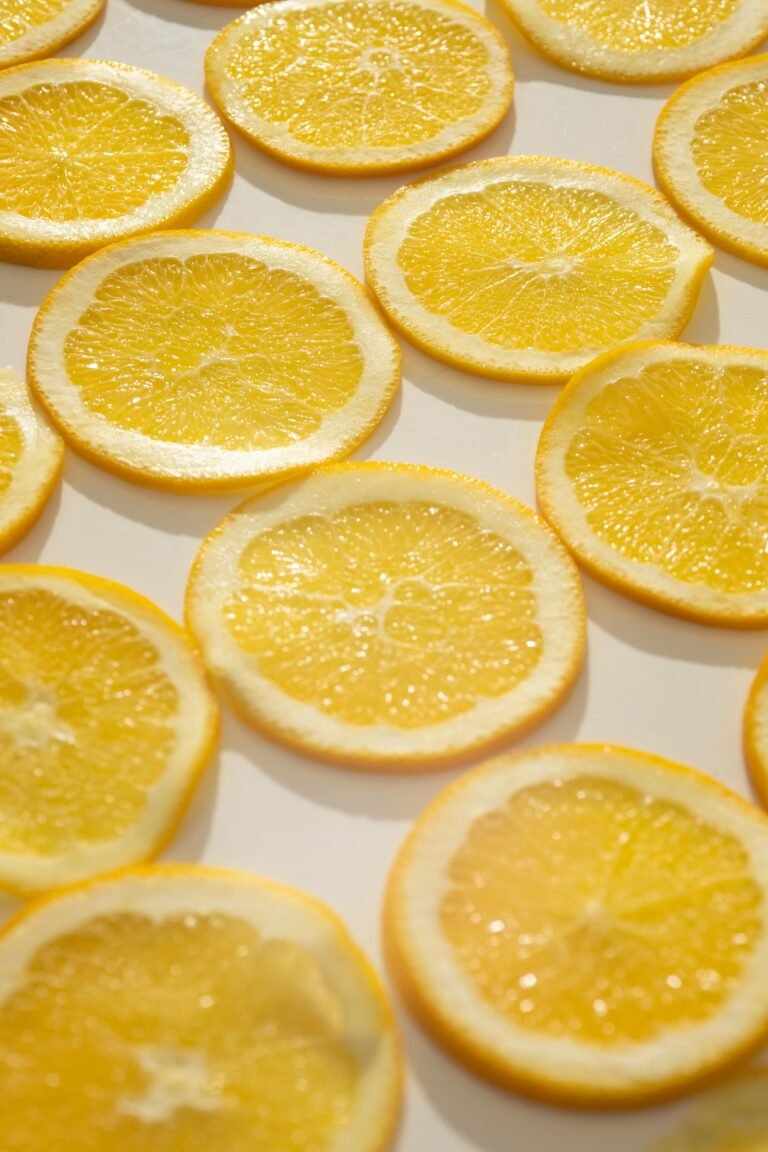How to get rid of soft belly or subcutaneous abdominal fat
How to get rid of a soft stomach and what does it mean to have a soft and not flat stomach?
What we refer to as a soft belly is an area of subcutaneous abdominal fat. Less dangerous than visceral fat, it is more dangerous than superficial subcutaneous fat, especially in the abdomen area.
Often, this belly remains in those who have lost a lot of kilos and it is difficult to get rid of it because compared to visceral fat it is a more stubborn type of fat.
It is therefore necessary to act on two fronts.
On the one hand, improve the digestibility of our diet, and on the other, slightly reduce calories and follow the physical activity plan that you will find on page three.
HOW TO ELIMINATE SOFT BELLY OR UNDERCUTE ABDOMINAL FAT
-
-
Aim for more natural, more digestible foods.
A slice of toast in the morning instead of snacks, biscuits or cereals. A plate of pasta al dente or rice with vegetables and proteins from crustaceans, molluscs, egg whites or lean cold cuts or lean meats. Peeled fruit snacks. Dinner with meat, fish, eggs or low-fat dairy products and vegetables.
-
The foods that create swelling and intestinal fermentation must be eliminated.
- Foods rich in fructose, cabbage, broccoli and cauliflower, legumes except spring peas, very fibrous vegetables such as artichokes, yogurt (apart from Greek) are part of this list. If our soft stomach is the result of frequent colic, we need to reduce the daily gluten quota or eliminate gluten for some time. Instead of gluten in pasta and bread you can eat: rice or corn cakes, buckwheat pasta, corn or rice pasta or soy noodles.
Finally, biscuits, snacks, salami, French fries and salty foods on the surface should be avoided.
Finally, an enzyme supplement to aid digestion is very helpful in reducing abdominal bloating.
-
Recommended this: Enzymedica – Basic Essential Digestive Enzymes of the collection – 180 capsules
-
Cut calories by 15 percent.
This means cutting calories by 200 or 300 per day. This can be achieved simply by reducing the seasonings for lunch and dinner to a teaspoon of oil or butter, limiting very aged cheeses to thirty grams per day and the consumption of walnuts or almonds to 10 grams per day, reducing the lunch pasta at the bottom of the plate, using low-fibrous vegetables such as courgettes, squash, champignon mushrooms.
On page two we see a basic scheme for orientation.


























+ There are no comments
Add yours